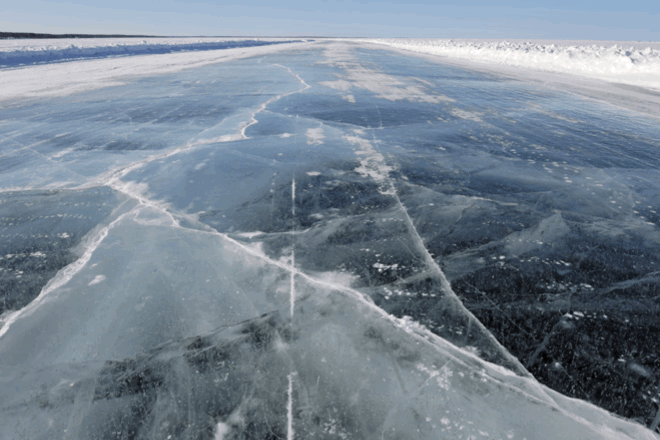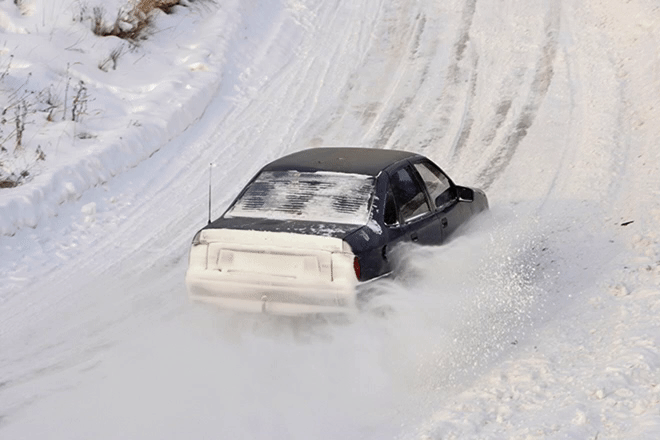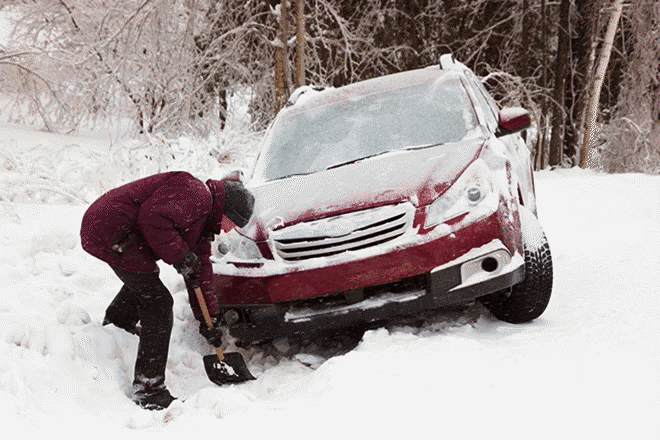 United States (English)
United States (English)
Shopping Cart
Empty Cart
Part No: {{entry.product.code}}
Quantity: {{entry.quantity}}
Total {{cartInfo.totalPriceWithTax.value | currency:"$"}}
Total {{0 | currency:"$"}}
 United States (English)
United States (English)
Part No: {{entry.product.code}}
Quantity: {{entry.quantity}}
Total {{cartInfo.totalPriceWithTax.value | currency:"$"}}
Total {{0 | currency:"$"}}
Asia Pacific
Europe, Middle East, Africa
 România (Română)
România (Română)
 European Union (English)
European Union (English)
 België (Nederlands)
België (Nederlands)
 Belgique (Français)
Belgique (Français)
 France (Français)
France (Français)
 Deutschland (Deutsch)
Deutschland (Deutsch)
 Italia (Italiano)
Italia (Italiano)
 Nederland (Nederlands)
Nederland (Nederlands)
 Polska (polski)
Polska (polski)
 Россия (русский)
Россия (русский)
 South Africa (English)
South Africa (English)
 España (Español)
España (Español)
 Україна (українська)
Україна (українська)
 United Kingdom (English)
United Kingdom (English)
 Česko (Česká republika)
Česko (Česká republika)
 United Arab Emirates (English)
United Arab Emirates (English)
North America

With a coating of snow and ice, a quick trip to the store can quickly become a white-knuckle adventure. While you’d probably like to hibernate right through winter and not have to drive on bad roads, driving in snow and ice is a reality for those in winter climates. Stay safe all winter long by driving for road conditions and following these tips.
Knowing what the road conditions will be before you start out on your trip will help you be prepared.
Don’t venture out during a heavy snowstorm or blizzard unless absolutely necessary. Don’t risk your safety on an errand that can wait until tomorrow.
Clear all the snow and ice off your windshield and other parts of your car before driving. Take the extra time to ensure that you have a clear view of the road.
If the worst happens and you get stranded in the snow, you’ll want as much gas as possible in your tank. You don’t know how long you might be stuck and will need to run your vehicle periodically for heat.
Drive at a speed appropriate for road conditions. Remember, posted speed limits are for dry roads. Slow down and take it easy!
Increase the distance between you and other vehicles to 8-10 seconds. You’ll need this extra time if you need to make a quick stop or react to other cars.
Remember that braking takes longer on snow and ice-covered roads. Take this into account especially when driving in traffic.
Suddenly hitting your brakes can result in you losing control of your vehicle.
if you have ABS brakes, don’t pump them. Apply steady pressure on the brake pedal; the brakes automatically do the pumping for you.
Don’t use control in inclement weather. You need to be able to react to changing road conditions.
All-wheel drive and four-wheel drive systems are wonderful for helping you gain traction when accelerating, however they do nothing to help you brake on snow and ice. Be aware of road conditions and take the proper precautions.
Bridges and overpasses are typically the first areas to become slick – this is where you might first notice changing road conditions.
Driving in wintry weather takes concentration - turn off the radio and put the phone down. You need your undivided attention on the road.

There is nothing that will get your heart racing like skidding on ice or a snow-packed road. Keep the following in mind to help you safely bring yourself out of a skid.
Practicing how to steer out of a skid is the best way to be prepared for when this happens on the road. Find an open parking lot that is icy or snow covered and practice braking and steering while skidding.

If you find yourself stuck in snow, there are some techniques you can try before calling the tow truck.
Learn more about quality auto parts, find your car part, or find a local car repair shop today.
The content contained in this article is for entertainment and informational purposes only and should not be used in lieu of seeking professional advice from a certified technician or mechanic. We encourage you to consult with a certified technician or mechanic if you have specific questions or concerns relating to any of the topics covered herein. Under no circumstances will we be liable for any loss or damage caused by your reliance on any content.